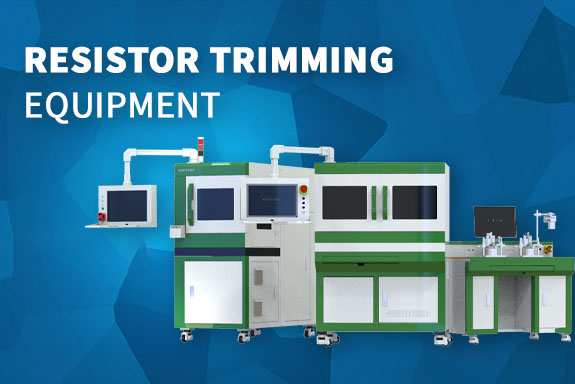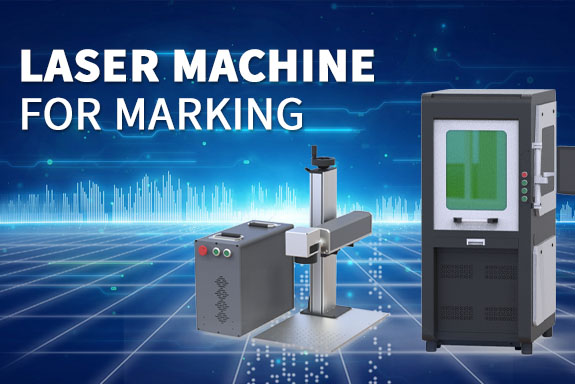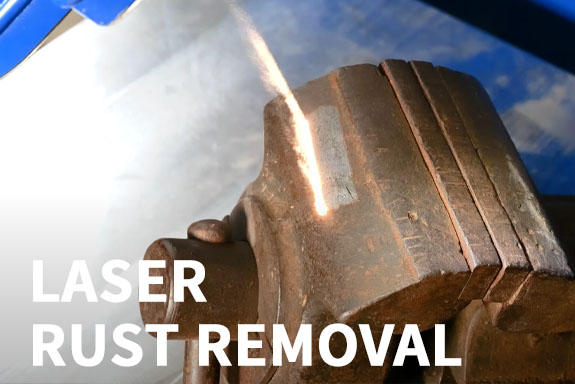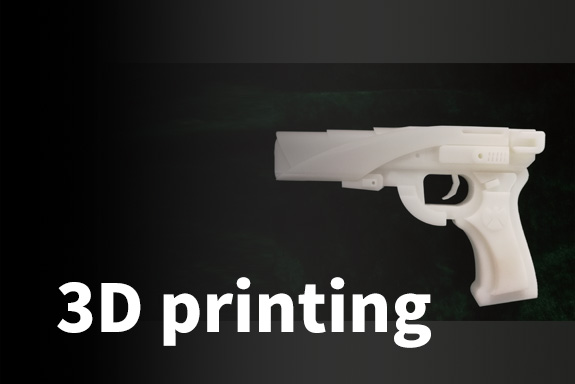Laser marking and engraving technologies have revolutionized the way materials are processed in various industries. From personalizing products to creating detailed designs, these technologies offer precision and efficiency unmatched by traditional methods. This article explores the various types of laser marking and engraving machines, their applications, and the benefits they bring to manufacturing and crafting.
What is Laser Marking and Engraving?
Laser marking refers to the process of using a laser to alter the surface of a material, creating permanent marks or inscriptions. This can involve changing the color of the material or creating a contrast that highlights specific features. In contrast, laser engraving removes material to create a deeper mark, allowing for intricate designs and textures. Both processes are widely used for personalizing products, branding, and creating detailed artworks.
Types of Laser Marking and Engraving Machines
1. Laser Marking Machines for Metal
Laser marking machines for metal are designed specifically to handle the unique challenges of marking metal surfaces. These machines can create high-contrast markings on various metals, including aluminum, stainless steel, and brass. The precision of laser technology ensures that markings are both durable and resistant to wear, making them ideal for identification and branding.
2. Metal Engraving Laser Machines
Metal engraving laser machines take the process a step further by removing material from the surface to create detailed engravings. These machines are perfect for intricate designs, logos, and serial numbers, ensuring a professional finish on metal products. They are commonly used in the jewelry industry, automotive manufacturing, and aerospace components.
3. Portable Laser Engravers
Portable laser engravers offer the flexibility of working on-site or in various locations. These compact machines can handle a range of materials, making them suitable for custom engraving projects, promotional items, and on-the-spot personalization. Their ease of use and mobility make them popular among artisans and small business owners.
4. Glass Laser Marking
Glass laser marking is a specialized process that allows for precise markings on glass surfaces. This technique is often used for creating decorative items, awards, and personalized gifts. The laser can etch designs without compromising the integrity of the glass, resulting in a beautiful finish.
5. Handheld Laser Engravers
Handheld laser engravers provide users with a versatile tool for engraving on various materials, including wood, plastic, and metal. Their portability and ease of use make them suitable for hobbyists and professionals alike. Users can create custom designs on-the-go, enhancing creativity and productivity.
6. CO2 Laser Etching
CO2 laser etching is one of the most common methods used for engraving non-metal materials, such as wood, acrylic, and leather. CO2 lasers are highly effective in cutting and etching, making them a favorite choice for crafting and manufacturing industries. The technology allows for detailed designs and smooth finishes on a variety of surfaces.
7. MOPA Laser Technology
MOPA (Master Oscillator Power Amplifier) laser technology offers greater control over the laser’s pulse duration and energy. This capability makes it ideal for marking metals, allowing for a wider range of colors and shades. MOPA lasers are particularly effective for applications requiring fine detail and contrast, such as jewelry and medical instruments.
8. Laser Engravers for Stainless Steel and Aluminum
Laser engravers for stainless steel and aluminum are designed to handle the hardness of these metals, ensuring clean, precise markings. These machines can be used in various applications, from creating custom parts to personalizing tools and equipment. The results are durable markings that withstand wear and corrosion.

Advantages of Laser Marking and Engraving
- Precision: Laser technology allows for intricate designs and high levels of accuracy, making it suitable for detailed work.
- Durability: Laser markings are permanent and resistant to fading, ensuring that the information remains legible over time.
- Versatility: Laser marking and engraving machines can work on various materials, including metals, plastics, wood, and glass.
- Speed: The efficiency of laser processes reduces production time, enabling manufacturers to meet tight deadlines.
- Cost-Effective: By minimizing waste and maximizing production speed, laser marking and engraving can lead to significant cost savings.
Conclusion
Laser marking and engraving machines have transformed manufacturing and crafting, offering unmatched precision and versatility. With applications ranging from personalized gifts to industrial components, these technologies continue to innovate and enhance production processes. As industries evolve, the demand for high-quality, efficient marking and engraving solutions will only grow, making laser technology an essential tool in modern manufacturing.
由用户投稿整理稿件发布,不代表本站观点及观点,进行交流学习之用,如涉及版权等问题,请随时联系我们(yangmei@bjjcz.com),我们将在第一时间给予处理。







